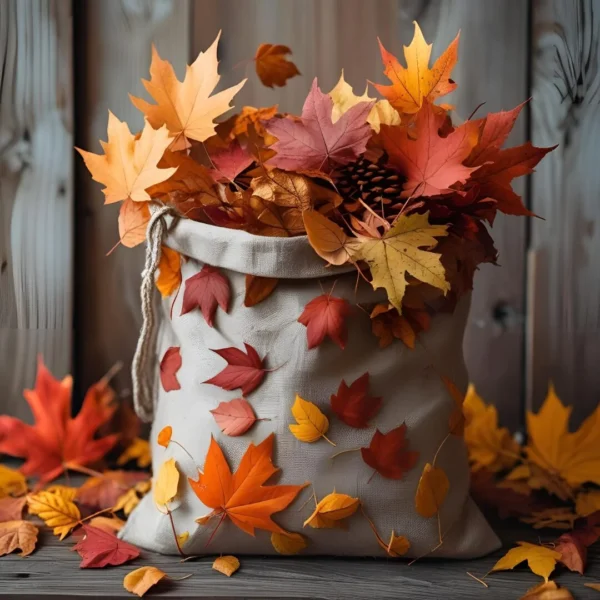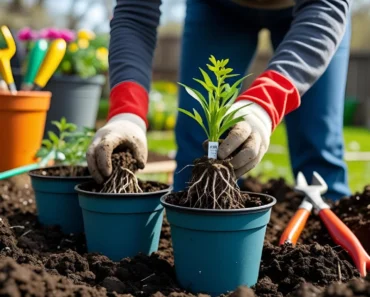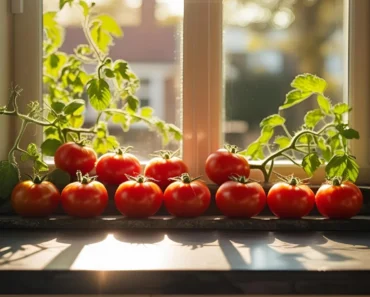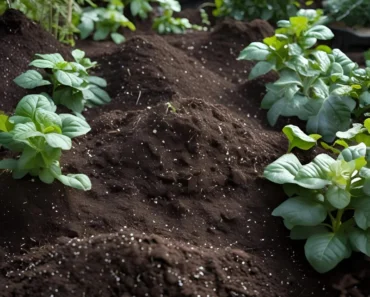Fall leaves present a valuable natural resource for gardeners looking to enrich and improve their garden soil. Instead of raking and discarding them, leaves can be transformed into soil amendments that boost fertility, enhance microbial life, improve soil texture, and conserve moisture. Utilizing fall leaves properly mimics nature’s own cycle of nutrient return, fostering healthier plants and more resilient soils. This comprehensive article explores various practical ways to use fall leaves to recharge garden soil and maximize their horticultural benefits.jackwallington+2

Why Fall Leaves Matter for Garden Soil
Leaves are composed primarily of carbon-rich organic matter. When they fall and decompose, microbes, fungi, and earthworms break them down into humus—a rich soil component that improves structure and nutrient availability. Beyond nutrients, fallen leaves offer:mortonarb+1
-
Natural mulching that insulates soil, moderates temperature, and conserves moisture.youtubemortonarb
-
Habitat for beneficial organisms like earthworms and pollinators.
-
A buffer to soil pH extremes and a refreshed organic matrix for root growth.journeywithjill
Leaving leaves or reincorporating them into beds restores the nutrient cycle disrupted by yard cleanup.
Practical Ways to Use Fall Leaves to Enrich Your Garden Soil
1. Use Leaves Directly as Mulch
Rake a moderate layer (2-3 inches) of leaves onto garden beds, trees, and shrubs as winter mulch.
-
Covers bare soil, reducing erosion and water runoff.
-
Protects roots and crowns from temperature fluctuations and frost.
-
Suppresses winter weed growth.
-
Over time leaves break down, adding organic matter.jackwallington+1
Tips:
-
Shred leaves using a lawn mower or leaf shredder to speed decomposition and reduce matting.
-
Avoid piling large amounts directly on small or delicate plants or those intolerant to heavy shade.
-
Remove or refresh leaves in spring to prevent smothering new growth.growingagreenerworld+1
2. Add Leaves to Compost Piles
Leaves are a vital “brown” component rich in carbon that balances “green” nitrogen-rich materials (e.g., grass clippings, kitchen scraps).
-
Layer shredded leaves in compost to aid aeration and moisture management.
-
Mix with nitrogen sources to speed up composting.
-
Finished leaf-based compost provides nutrient-rich humus that improves soil fertility, water retention, and texture.gardenary+1
Tips:
-
Moisture is critical; keep the pile damp but not soggy.
-
Regularly turn the compost to maintain oxygen for microbes.
-
Avoid composting leaves from disease-infected trees without proper treatment.
3. Create Leaf Mold Compost
Leaf mold is decomposed leaves that act like a sponge for moisture and a conditioning agent for soil.
-
Pile shredded leaves in a corner, keep moist, and let break down for 1-2 years.
-
Results in a soft, crumbly, dark mulch rich in beneficial microbes.
-
Excellent soil amendment that improves soil aeration and water retention.gardenary
Benefits of Using Fall Leaves on Your Garden Soil
-
Soil Structure Improvement: Adds organic matter, increasing porosity in clay soils and water retention in sandy soils.mortonarb+1
-
Nutrient Cycling: Slowly releases potassium, calcium, magnesium, and trace elements essential for plants while stimulating microbial nutrient mineralization.journeywithjill
-
Enhanced Soil Life: Supports earthworms, fungi, and bacteria vital for nutrient uptake, disease suppression, and soil fertility.jackwallington
-
Reduced Fertilizer Dependence: Natural leaf decomposition reduces need for synthetic amendments.
-
Water Conservation: Leaf mulch shades soil, lowering evaporation and preserving moisture for plant roots.youtube
-
Weed Suppression: Blocks light to emerging weed seeds, reducing competition for crops.growingagreenerworld
Considerations and Best Practices
-
Shred Leaves: Whole leaves can mat down, blocking air and water; shredding accelerates breakdown and avoids smothering. Use a mulching mower or chipper for best results.growingagreenerworld
-
Avoid Diseased Leaves: Discard any foliage with fungal infections or pest eggs to prevent garden contamination.
-
Proper Layer Thickness: Too thick a mulch layer (>4 inches) can cause waterlogging and root problems; 2-3 inches is optimal.
-
Timing: Apply leaves after plants go dormant and remove or turn over before spring growth.
-
Mix Leaf Types: Broadleaf tree leaves (maple, oak, birch) decompose at different rates — a mix improves compost quality.
Overcoming Common Challenges
-
Leaf Removal Mandates: For those with HOA or municipal rules, consider “rescuing” leaves before disposal or partnering with neighbors for collection.
-
Leaf Pile Odors: Prevent odors in leaf piles or compost by balancing nitrogen inputs and turning frequently.
-
Slug and Snail Concerns: Avoid leaf mulch near slug-prone plants or use barriers to protect seedlings.
-
Leaf Volume: Invent creative uses for excess leaves — leaf mold, pathway mulch, or garden bed amendments.
Conclusion: Embracing Leaves as Garden Gold
Fall leaves, often considered yard waste, are in fact invaluable resources capable of recharging garden soils sustainably. Whether used as mulch, compost inputs, or leaf mold producers, leaves improve soil structure, fertility, biodiversity, and water retention. By harnessing nature’s own recycling system instead of discarding fallen leaves, gardeners foster healthier soils and plants with reduced reliance on chemical inputs. With a little effort—shredding, layering, and composting—any garden can transform autumn’s bounty into fertile soil “black gold” for seasons of abundant growth and harvests.mortonarb+3
- https://www.jackwallington.com/the-importance-and-benefits-of-keeping-fallen-leaves-around-plants/
- https://mortonarb.org/blog/dont-waste-fallen-leaves/
- https://www.gardenary.com/blog/turn-fall-leaves-into-compost
- https://www.thrive.org.uk/get-gardening/what-to-do-with-autumn-leaves
- https://journeywithjill.net/gardening/2022/10/13/how-to-use-fall-leaves-in-the-garden/
- https://www.youtube.com/watch?v=_3o4mX_u6uw
- https://www.growingagreenerworld.com/putting-fall-leaves-to-work/
- https://cmg.extension.colostate.edu/Gardennotes/655.pdf






